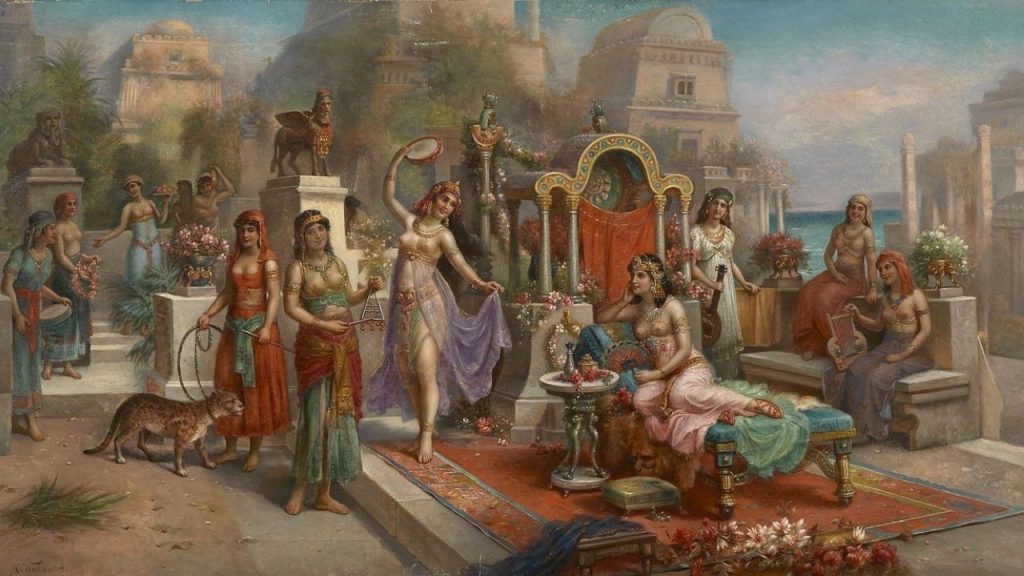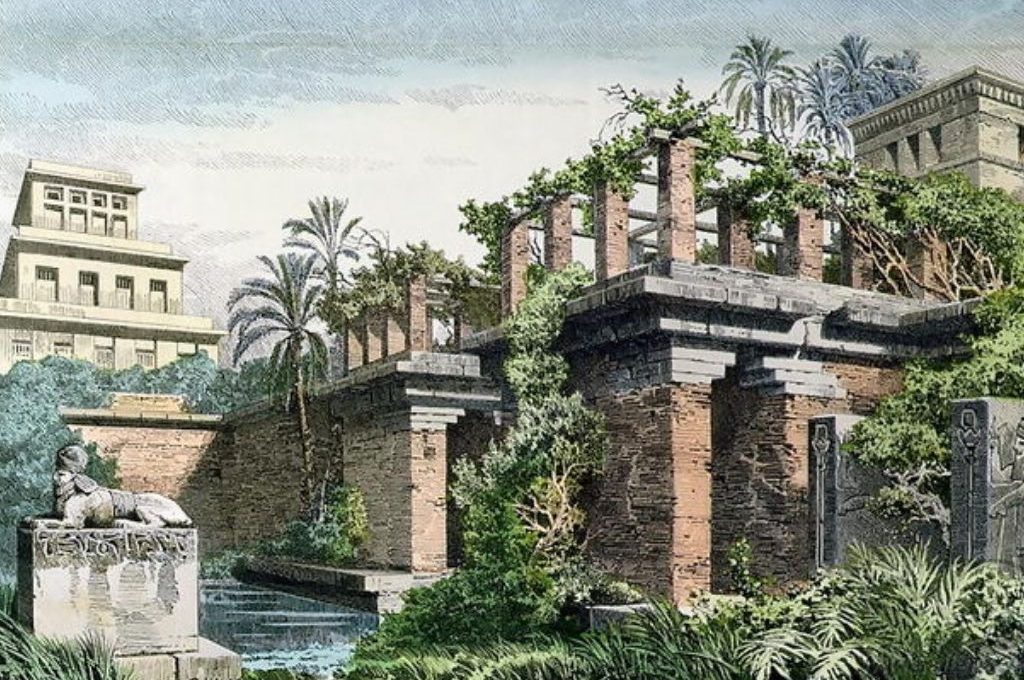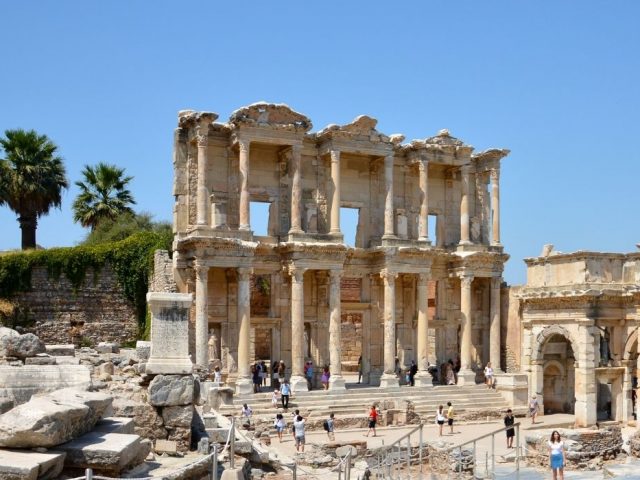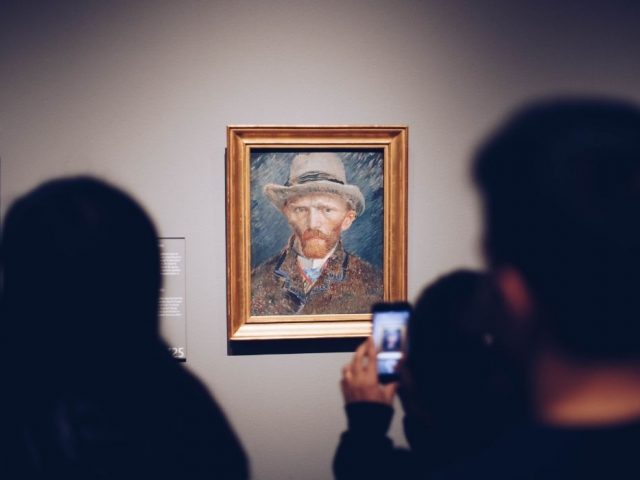Hanging Gardens of Babylon was a stunning feat of engineering and gardening. It was undoubtedly one of the most outstanding achievements of the ancient world.
The gardens were a dazzling display of flowers, shrubs, and trees. These trees were on towering terraces that seemed to defy gravity. Although the gardens have long since vanished from the earth, their memory has captured the imagination of generations of visitors. The Hanging Gardens of Babylon is an excellent beginning to discovering the secrets of this ancient wonder.
🛎️ Reminder: To explore the Temple of Artemis with your digital tour guide, don’t forget to download Piri Guide! 😊
When was the Hanging Gardens of Babylon Built?
The Hanging Gardens of Babylon are one of the Seven Wonders of the Ancient World. According to historical accounts, the gardens were constructed in the 6th century BCE by King Nebuchadnezzar II, who ruled over the Neo-Babylonian Empire.
👀 Did the Hanging Gardens of Babylon really exist?
Some scholars believe that the gardens were purely legendary, while others argue that they did indeed exist but were eventually destroyed. The primary sources that describe the Hanging Gardens, such as the writings of the ancient Greek historian Herodotus and the accounts of the Babylonian priest Berossus, do not mention the specific details of their destruction. This lack of information has led to different theories and speculations.
Construction of the Gardens
Legend says that the Babylonian king Nebuchadnezzar II built the Hanging Gardens of Babylon. It was for his homesick wife, Amytis, who longed for the green hills of her homeland. Apparently, the king thought that these gardens of Babylon would remind Queen Amytis of her hometown’s lush mountains and green landscapes.
The History of the Hanging Gardens of Babylon
We’ve talked about the history of the Hanging Gardens of Babylon. Yet, we should remind you that you can find more on Piri Guide mobile app. Piri Guide detects your location, offers you the best travel routes, and starts telling you the hidden stories of wherever you are. All you have to do is to get your headphones or earbuds and follow the path at your own pace. Then, don’t set out for your trip before downloading the digital travel guide! 😊
Hanging Gardens of Semiramis

Now, we know the legend stating that Neo-Babylonian King Nebuchadnezzar II built the Hanging Gardens for his Median wife, Queen Amytis. However, there was another legend, too. It suggests that the semi-legendary queen, Semiramis, built the gardens. According to Greek myth, she was the female Assyrian ruler who extensively rebuilt Babylon in the 9th century BCE. That’s why you may also find the Hanging Gardens were sometimes called the Hanging Gardens of Semiramis after her. In fact, you can even see a beautiful painting, Hanging Gardens of Semiramis, by Austrian artist Waldeck.
Where were the Hanging Gardens of Babylon?
The location of the gardens of Babylon has not been definitively established. No Babylonian texts mention the gardens. Moreover, conclusive archaeological evidence has yet to be found in Babylon. So, seriously, where are the Hanging Gardens of Babylon?
There are three explanations for this. Firstly, the gardens were mythical, and all Greek and Roman writings just described an idealized image of an eastern garden. Secondly, the gardens existed in Babylon but experienced destruction around the first century AD. And thirdly, gardens refer to the garden legendary Assyrian King Sennacherib built in his capital city of Nineveh on the River Tigris, near modern-day Mosul.
The Irrigation of the Gardens
Ancient Greek historian, Diodorus of Sicily, relates gardens to a Syrian king. According to Diodorus, gardens were square, approximately 100 Greek feet long on each side. It was divided into tiers, with the highest level reaching an impressive 50 cubits high! The walls were 22 feet thick and made of sturdy brick. The base of each tier was deep enough to allow for giant trees to take root. And the nearby Euphrates River was the source of the gardens’ water.
The famous Strabo draws attention to the irrigation of gardens. According to him, an Archimedes screw would water Hanging Gardens. The screw, or Egyptian screw, is an ancient hydraulic machine that transfers water from a low-lying body of water into irrigation ditches. The screw is turned, and its screw-shaped surface pushes the water up the pipe.
Isn’t it incredible that this technology dates back so many centuries? People still use Archimedes screws for wastewater treatment plants or to dewater low-lying areas.
Hanging Gardens’ Impact on Modern Cinema
The 2021 movie Eternals from Marvel Studios explores the story of a race of immortal beings, Eternals, who have been living on Earth for thousands of years. These powerful beings attempt to defend humanity from their evil counterparts. In the movie, Eternals need a place to hide their spaceship. So, they had the people of Babylon build the Hanging Gardens of Babylon on top of the spaceship to conceal it. You can check out the movie to see how modern cinema has depicted the gardens of Babylon.
How about delving into the marvels of another ancient world wonder? If you say “Sure!”, don’t forget to check out Temple of Artemis!




